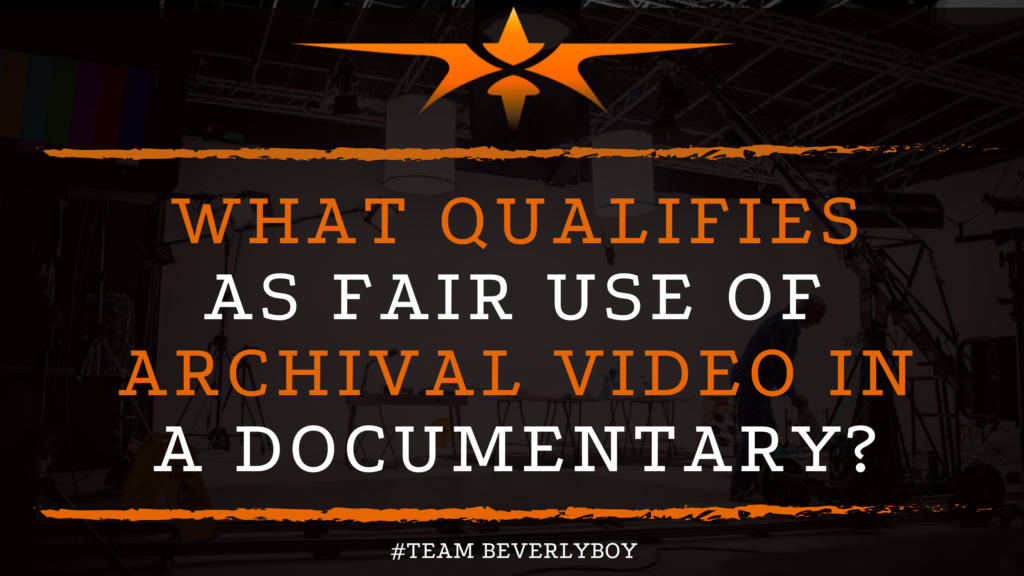What Qualifies as Fair Use of Archival Video in a Documentary?
As a documentary filmmaker, you might be wondering if archival footage can be used in your documentaries and if so, what the process is. The use of archived video footage, or stock footage, generally doesn’t require the same licensing that you would need from copyrighted material, but does this mean that you can use any archival video in your documentary without seeking permission? What qualifies as fair use of archival video in a documentary film?

What is Archival Video?
Archival footage, or archival video, represents a unique form of stock footage that is generally not under copyright or has protection. This is footage that you will find archived in a library or similar sort of storage and which is available for free and open use.
Generally speaking, archival video does not require payment of any licensing fees in order for you to gain access.
Other Types
Archival video isn’t just old, historical footage, though. Archival footage may include things like old newscasts, past government footage from NASA. Or from other areas of government such as the U.S. Department of Transportation.
It could include just about anything you can imagine! But the point of archival video is that it’s available in the archive. In store for free use for anyone generally interested in using it.
Fair Use of Archival Video in a Documentary
Since archival video is generally not copyrighted, there would be no rules on fair use of the material. Whether you were to use it in a documentary or any other form of film.
However, should you wish to use copyrighted material the creation of documentary film does have slightly different rules and fair use policies vary. Things such as material not included as archival video. Or material that was previously under copyright to your knowledge.
Copyrighted Material
When producing a documentary film, even the use of copyrighted material is generally acceptable under fair use.
Essentially fair use protection states that it’s acceptable to use copyright works if for an entirely different purpose. As well as to educate the viewer such as a documentary would do.
However, if you’re thinking about using copyrighted material under fair use for your documentary filmmaking needs, it is always best to consult with an attorney first.
U.S Copyright
Fair use protection, when using any form of copyrighted material in a documentary, is a protection that a U.S. Copyright attorney would bring up in a court after you have already been sued for copyright infringement, not before.
This is because fair use is a protection to a copyright infringement lawsuit, and does not provide proactive protection against being sued in the first place.
Therefore, we recommend that prior to using any footage in your documentary, whether archival video, or copyrighted material, that you seek appropriate steps to ensure you’re getting permission from the correct owners of the footage if and when such permission is required.
In Summary
What qualifies as fair use of archival video in a documentary? Technically, archival video is open source and does not require permission as it is not protected by copyright.
Therefore, there would be no need to use fair use protection. Because the original content owner would not have a copyright infringement case. But speak with an attorney to be sure!

